Planting wall planters and window boxes have special considerations. You need to consider:
- Constant display in limited space
It is easy to have a beautiful constant display in a large garden bed, with its constantly changing focus on plants that are showstoppers in their own particular season. But, it is much more of a challenge with such a limited space. Each plant has to pull its weight and do so continually through the season! This calls for the non-stop flowering of annuals, and the always reliable colorful foliage.
2. Limited root growth space allowance
Wall planters and window boxes have a much more limited soil holding capacity, and very limited water-holding reservoirs if self-watering. It comes down to weight. Water is heavy. Soil is heavy. These have to be supported or attached in some way. Plants that have extensive root systems, like lantana, may seem to be a great fit, until halfway through the season and you find there is no room for water holding soil because the container is so full of roots, it pushed the soil out!
3. Lightweight
Heavy plants also would need support along with all that water and soil support, so plants that have thick woody stems, often slow growers, just weigh a lot in comparison to lightweight plants that have more ‘bang for the pound’. Plants with hollow stems or airy and wispy plants like Euphorbia Diamond series have a big impact and a light structure.
4. Ultimate size restrictions
Depending on where you plan of showing these wall planters off, keep in mind how tall you can expect these plants to get. That cute 6” purple fountain grass in front of a window you want to be able to see out of will quickly grow up to 3 ft or more!
5. Limited water
When the height of summer hits, the plants will also be almost full growth, and thirsty. Choose plants that can, or even prefer to dry out between watering. Otherwise, you will be watering it twice a day, just to try and keep up!
6. Access to maintain plants
Think about how you will get to these plants to maintain them. Is there a hose? Were you planning on a cute window box 3 stories up, outside a window that doesn’t open? How will you take care of it? Water, prune, etc.
7. Attraction to pests and/or critters
Do not plant something that will attract pets or pests. If you plant catnip in your planter, expect a cat to find, and jump up into it. Is this a plant that attracts ants? Bees? Keep these in mind.
Best all-day sun plants for wall planters, railing boxes, or window boxes:
- Sedum, low growing
- Bougainvillea
- Blue My Mind, Evolvous
- Dusty Miller, Jacobaea maritima
- Licorice Plant, Helichrysum petiolare
- Gazania, Gazania rigens
- Moss Rose, Portulaca
- Summer Snapdragon, Angelonia
- Petunia, Petunia x hybrida
- Delosperma
- Sage, Salvia officinalis
- Rosemary, Rosmarinus officinalis
- Lavender, Lavandula angustifolia
- Dichondra ‘Silver Falls’
- Vinca
- Tradescantia pallida
- Euphorbia hybrid, like Diamond frost
- Hairy Spiderwort, Tradescantia sillamontana
- Bidens, Bidens pilosa
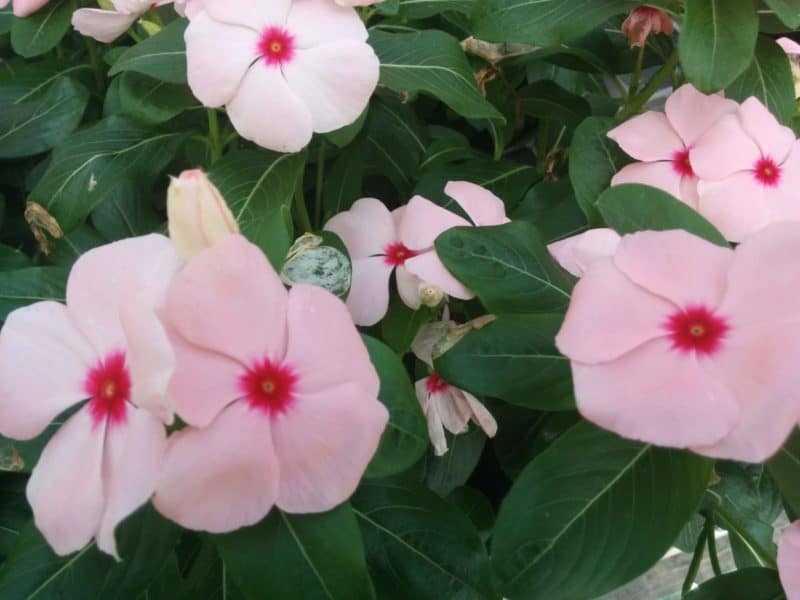
Vinca 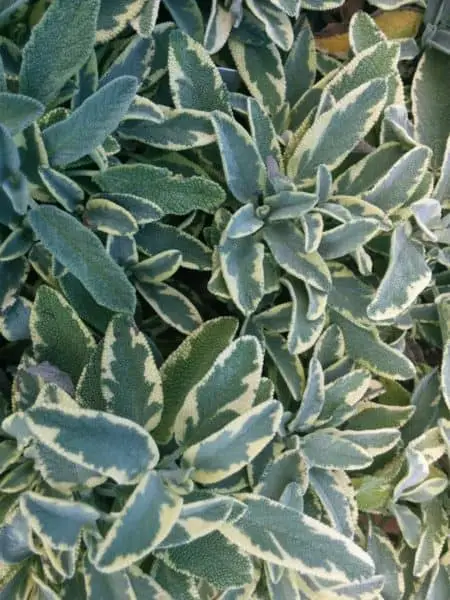
Tri-Colored Sage 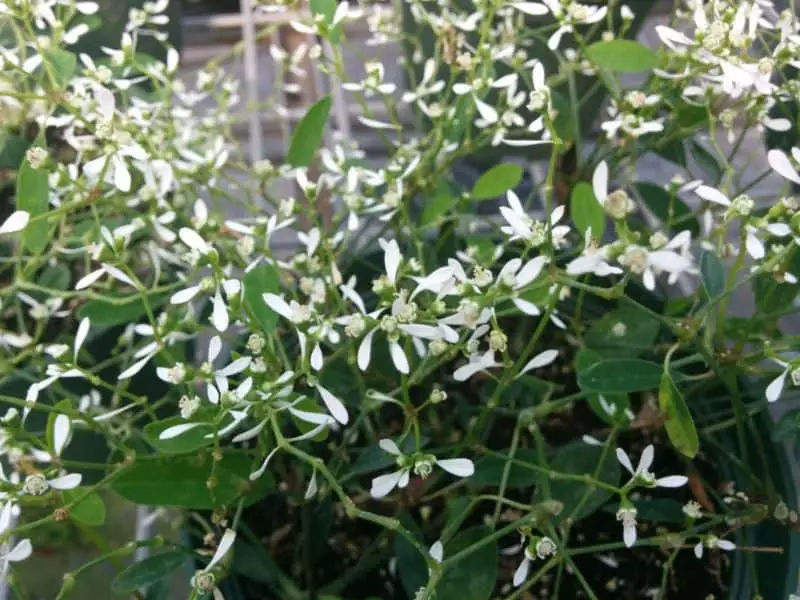
Euphorbia Diamond Frost 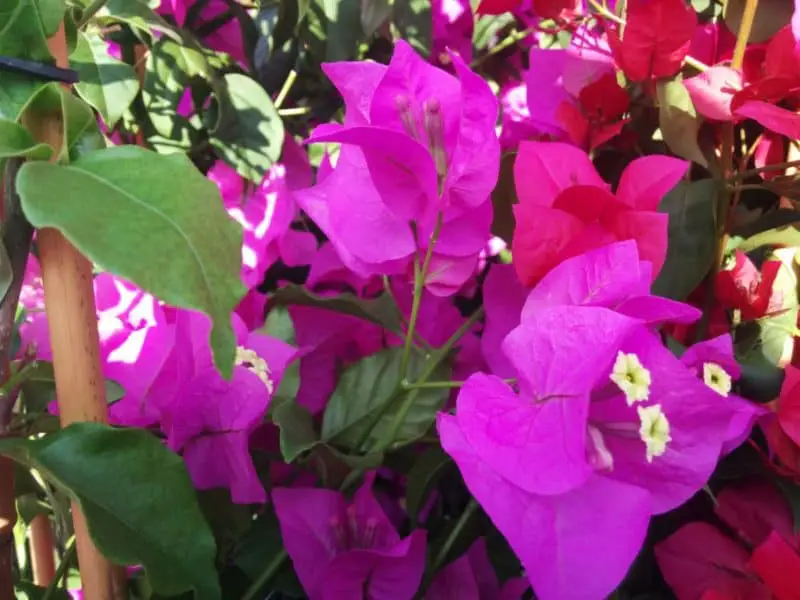
Bougainvillea 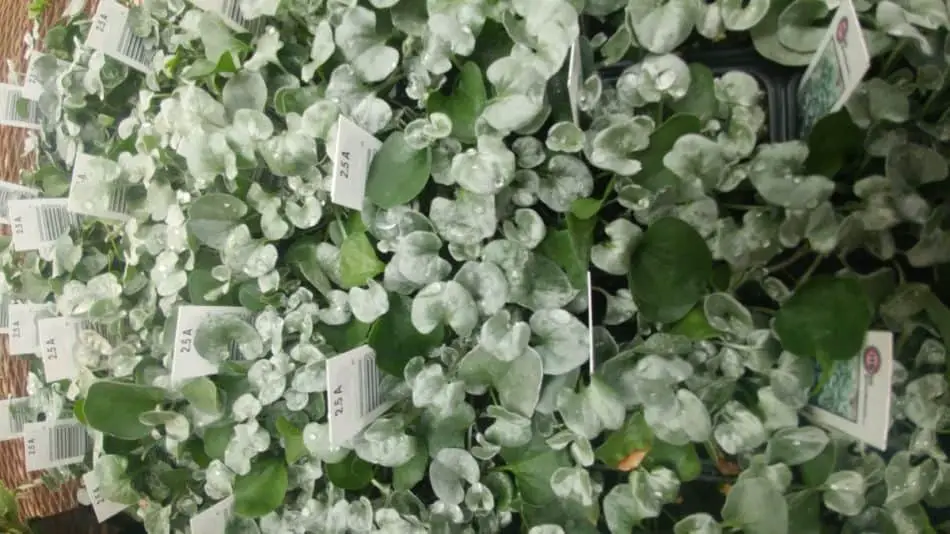
Dichondra 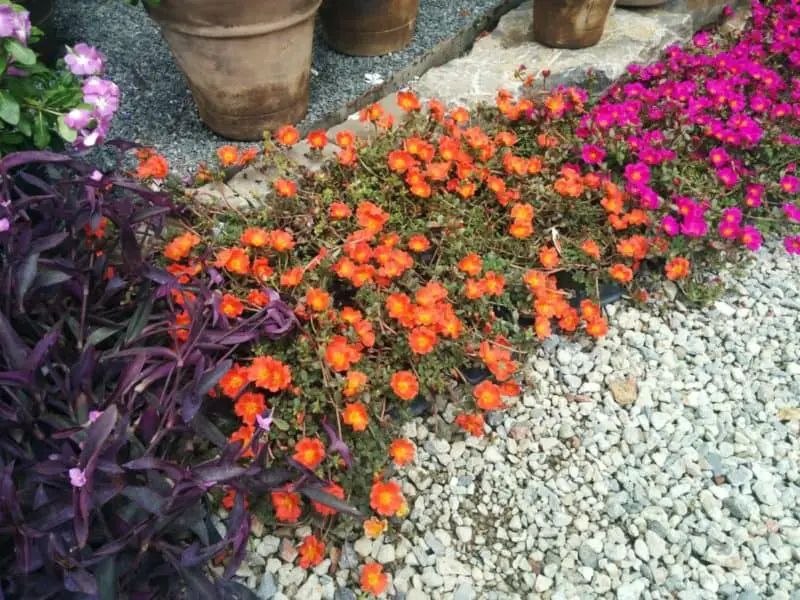
Portulaca 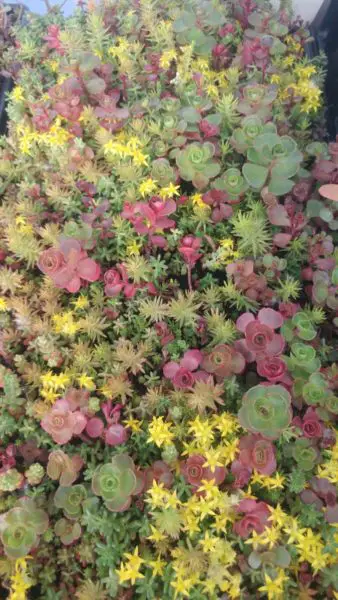
sedum 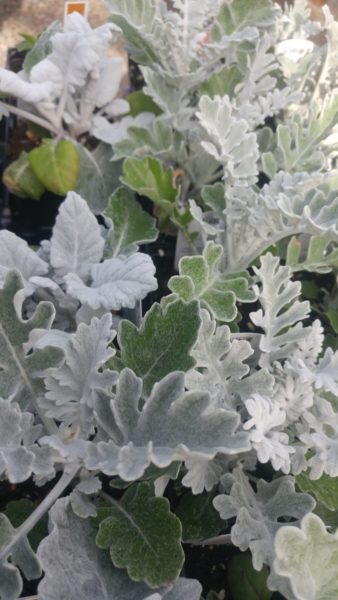
Dusty Miller 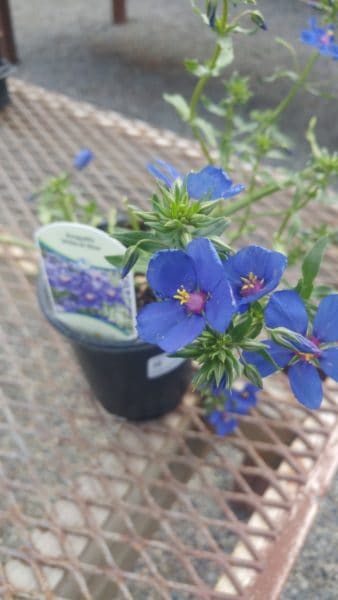
Blue My Mind
Best 6 hours of sun plants for wall planters, railing boxes, or window boxes:
- Geranium – classic zonal
- Pelargoniums, fancy leaf geranium
- Sweet Potato Vine
- Tuberous Begonias
- Fan Flower, Scaviola
- French marigold, Tagetes patula
- Salpiglossis
- Calibrachoa
- Verbena
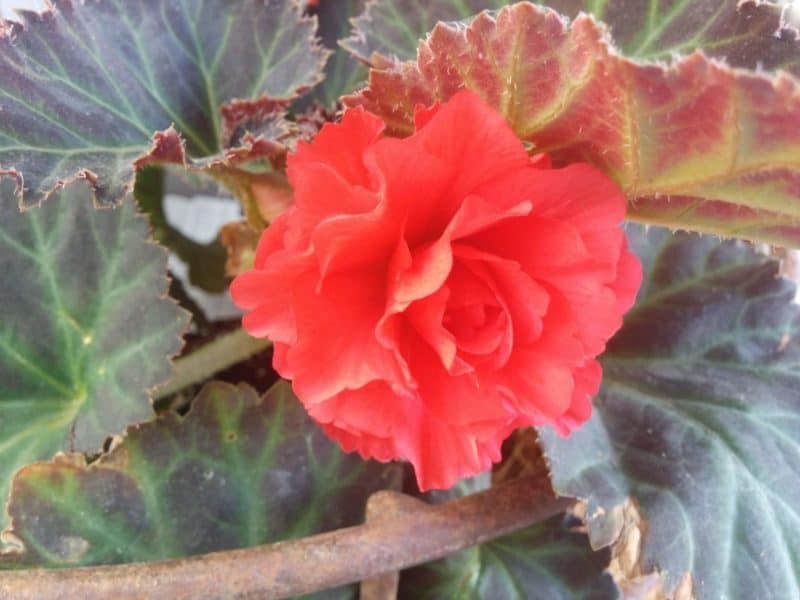
Red Tuberous Begonia 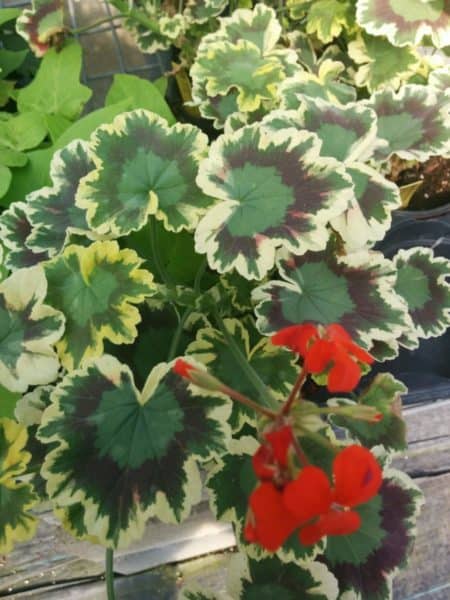
Fancy Leaf Geranium 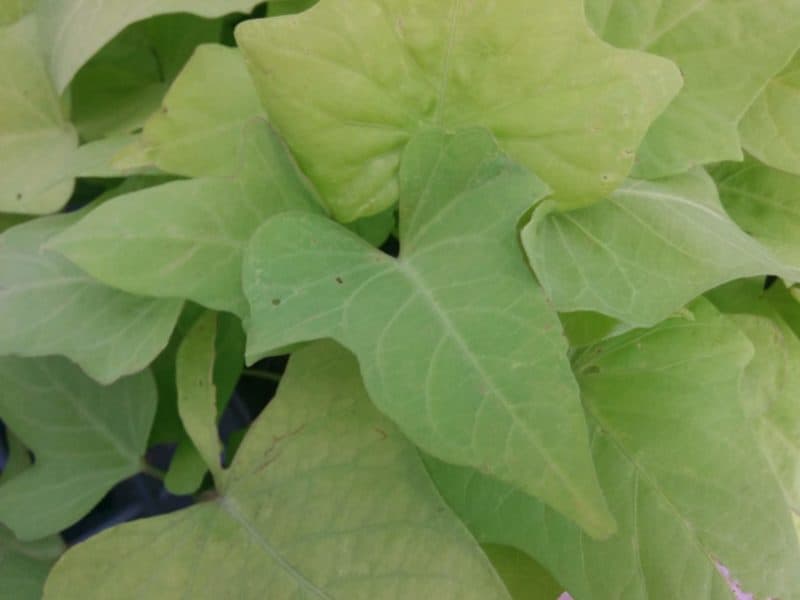
Sweet Potato Vine 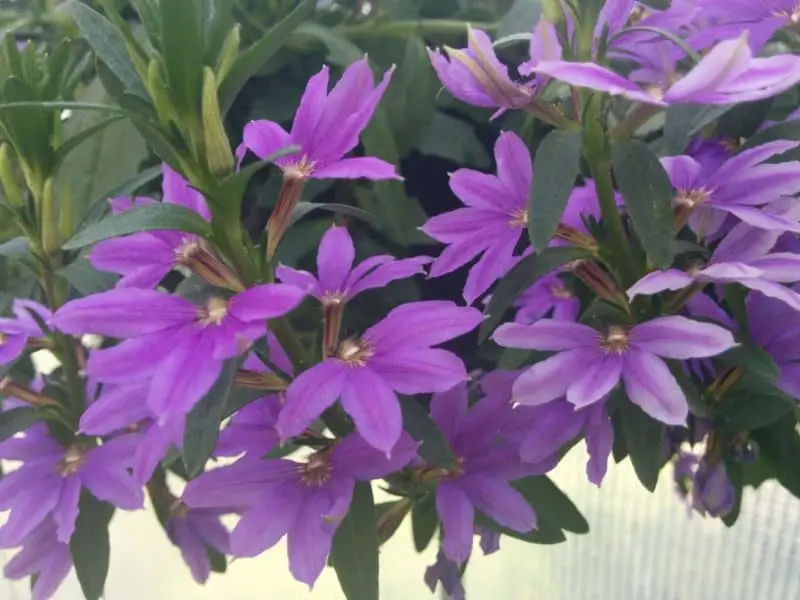
Scaveola 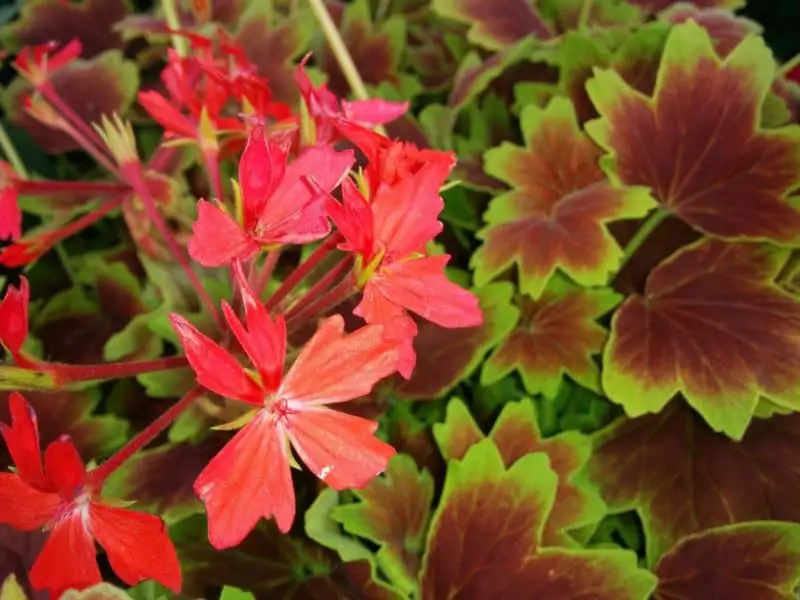
Fancy Leaf Geranium 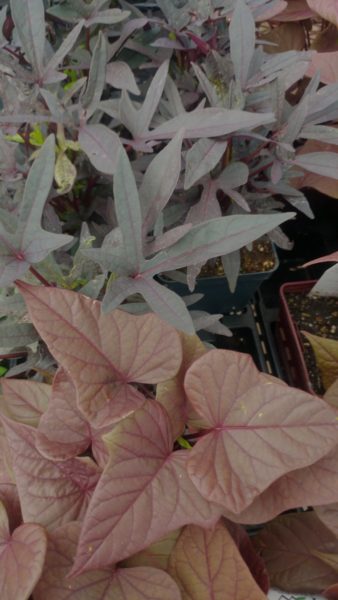
Sweet Potato Vive 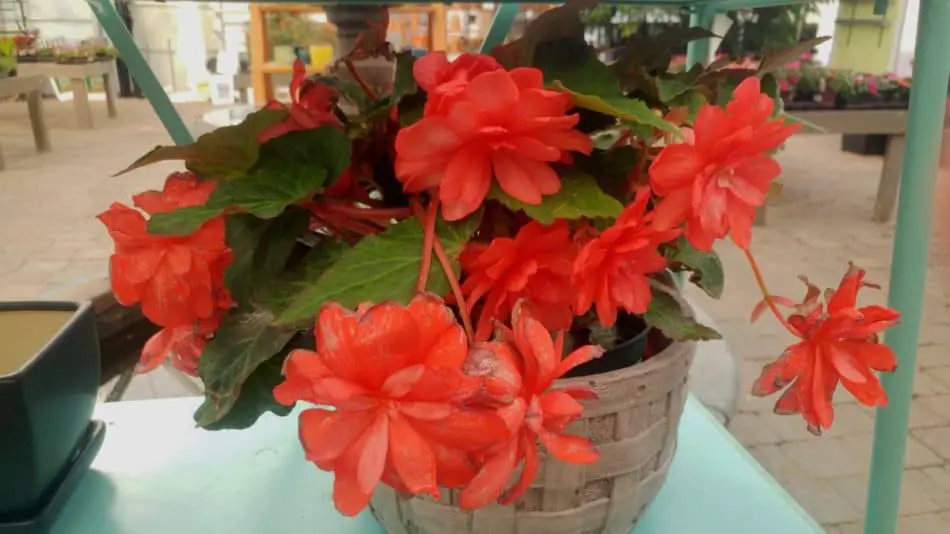
Tuberous Begonia 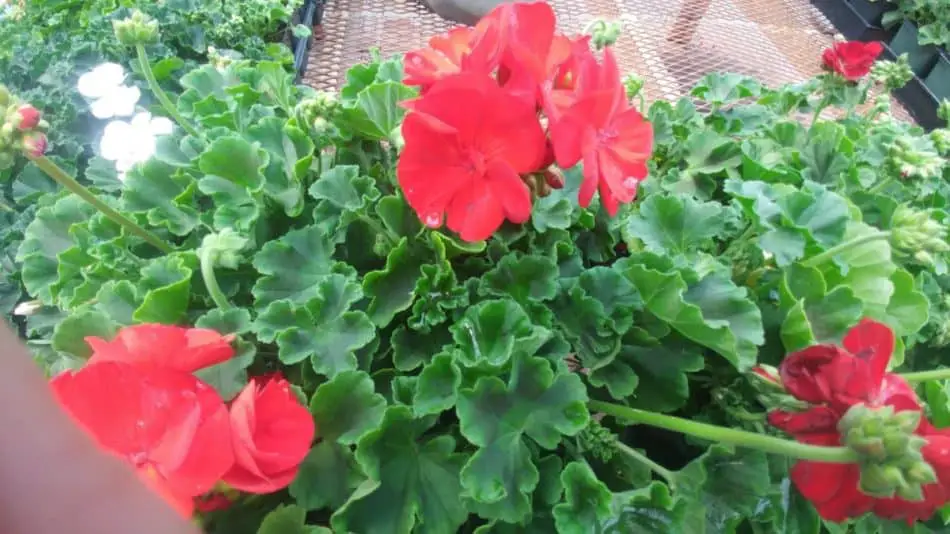
Zonal Geranium 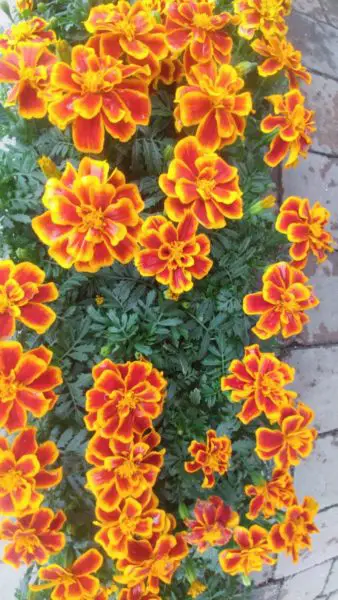
French marigold
Best morning sun only plants for wall planters, railing boxes, or window boxes:
- Caladium
- Begonia
- Lobelia
- Torenia
- Abutilon pictum
- Coral bells, Heuchera
- Asparagus fern
- Foxtail fern
- Liriope
- Bacopa
- Vinca Vine
- Geranium
- Coleus
- Calibrachoa
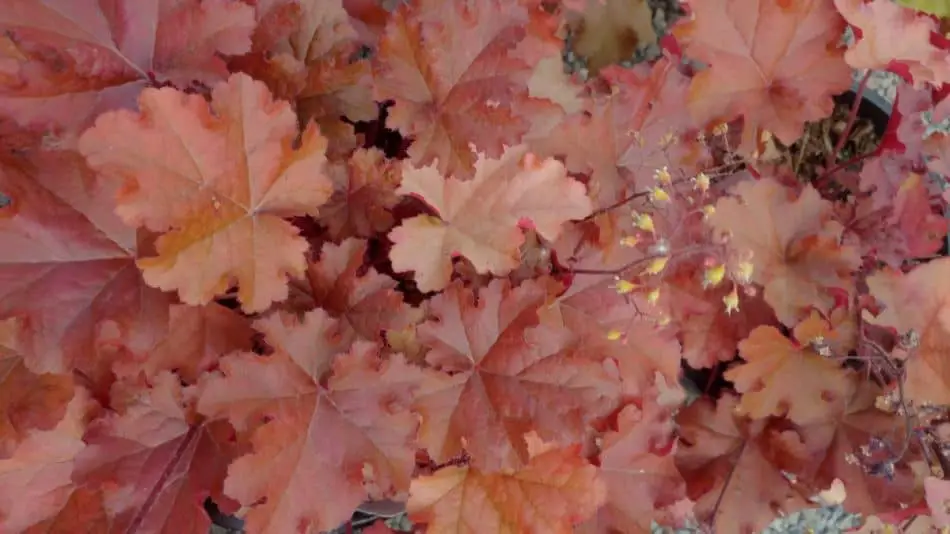
Heuchera 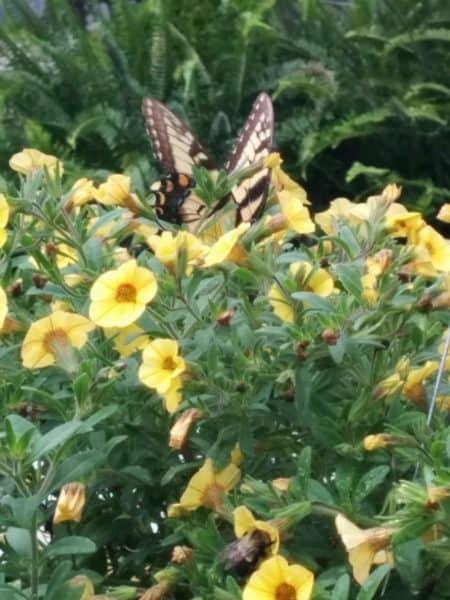
Calibrachoa 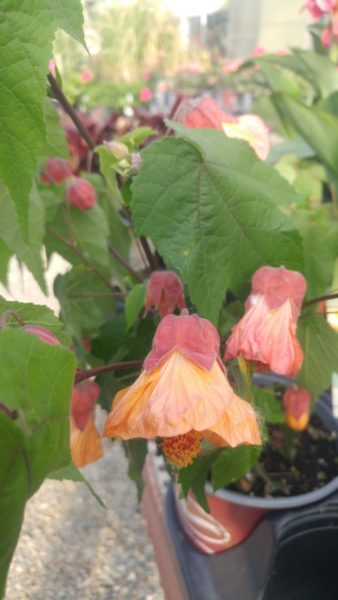
Abutilon 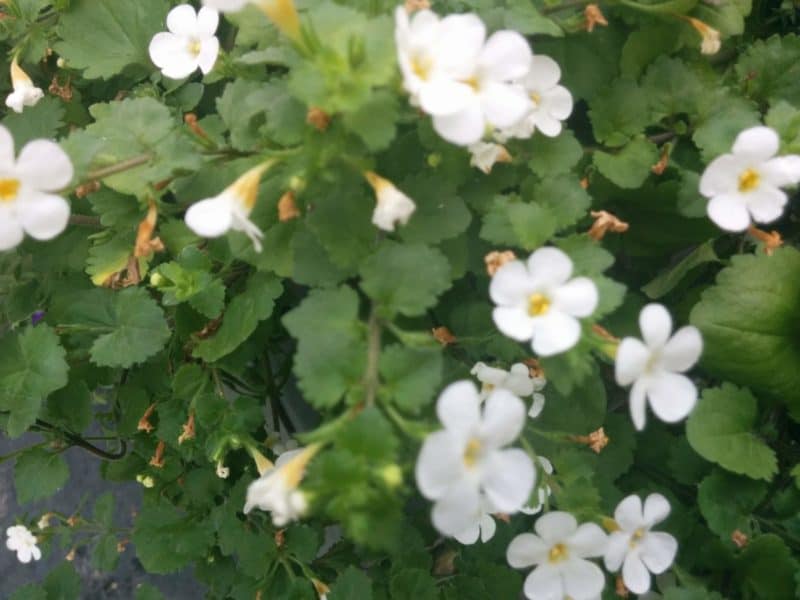
Bacopa 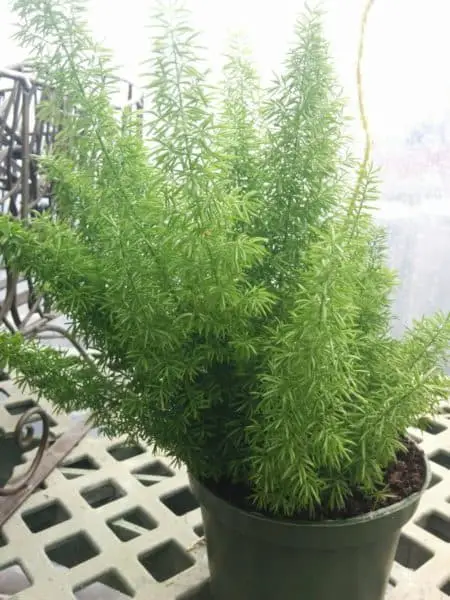
Foxtail fern 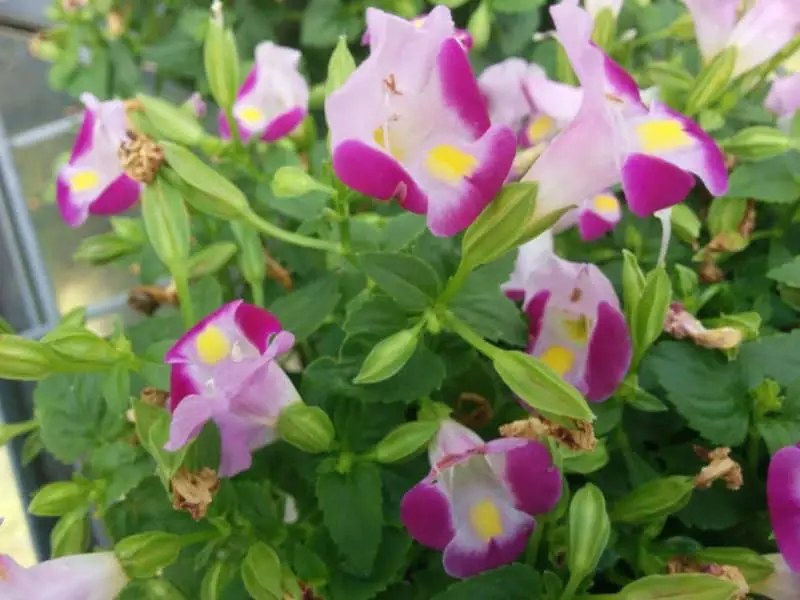
Torenia 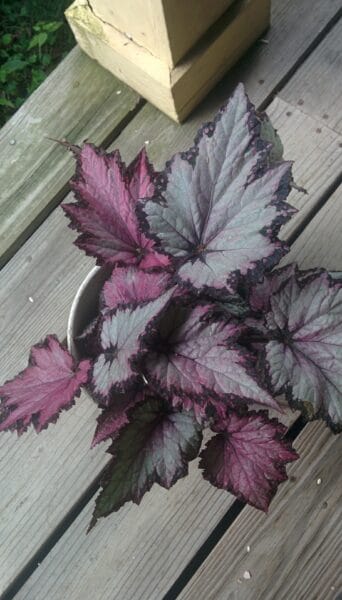
Rex Begonia 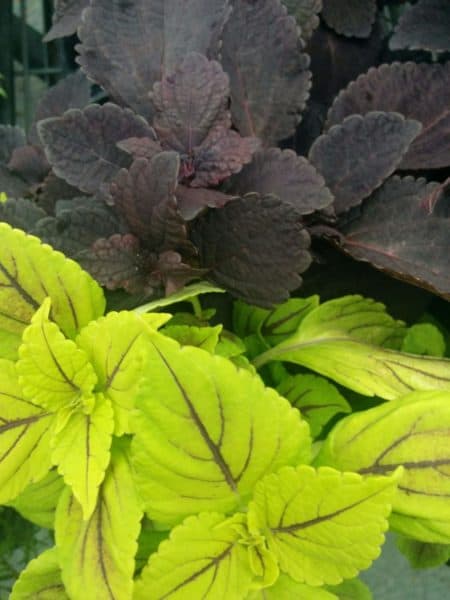
Coleus & Coleus 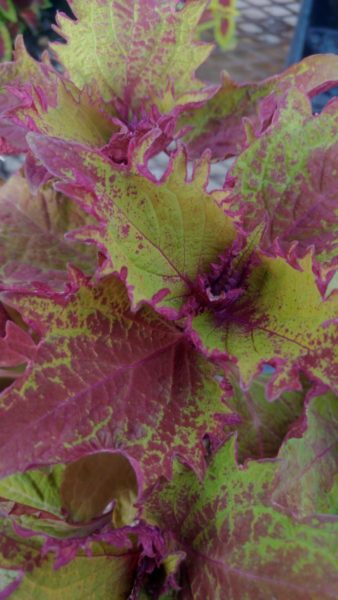
Coleus 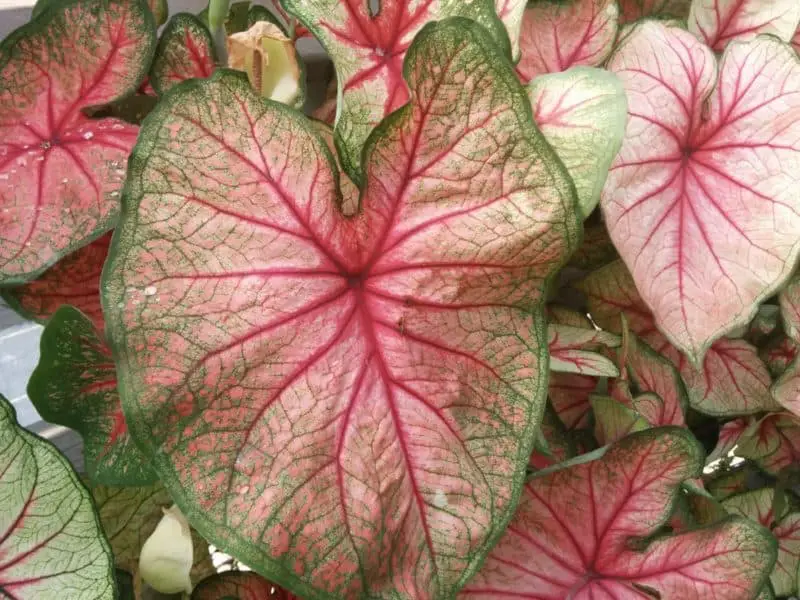
Caladium 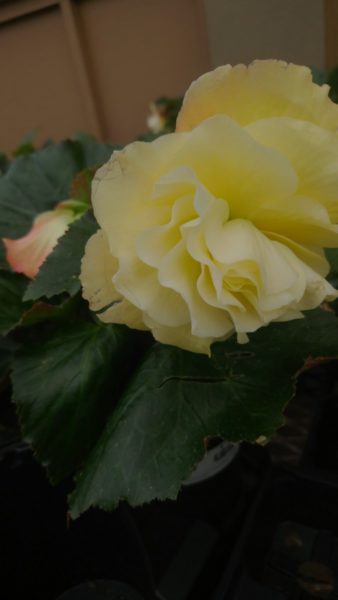
Tuberous Begonia 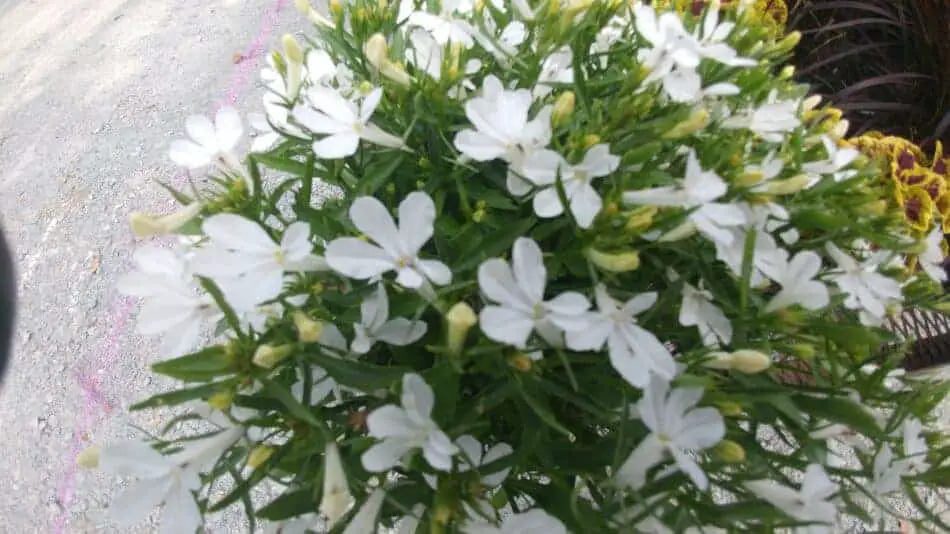
Lobelia
Best all-day dappled shade plants for wall planters, railing boxes, or window boxes:
- Liriope
- Ivy, Hendra helix
- Japanese Holly fern, Polystichum lonchitis
- Boston Fern, Nephrolepis exaltata
- Impatiens, Impatiens walleriana
- Lamium
- Creeping Fig, Ficus pumila
Houseplants:
- Spider Plant, Chlorophytum comosum
- Pothos, Epipremnum aureum
- Chenille Plant, Acalypha hispida
- Bird’s Nest Fern, Asplenium nidus
- English Ivy, Hedera helix
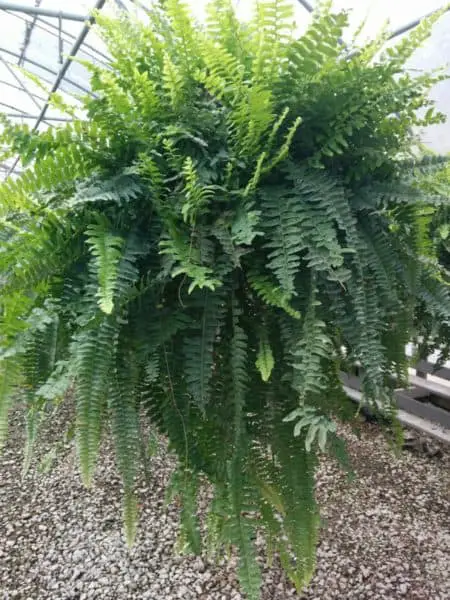
Boston Fern 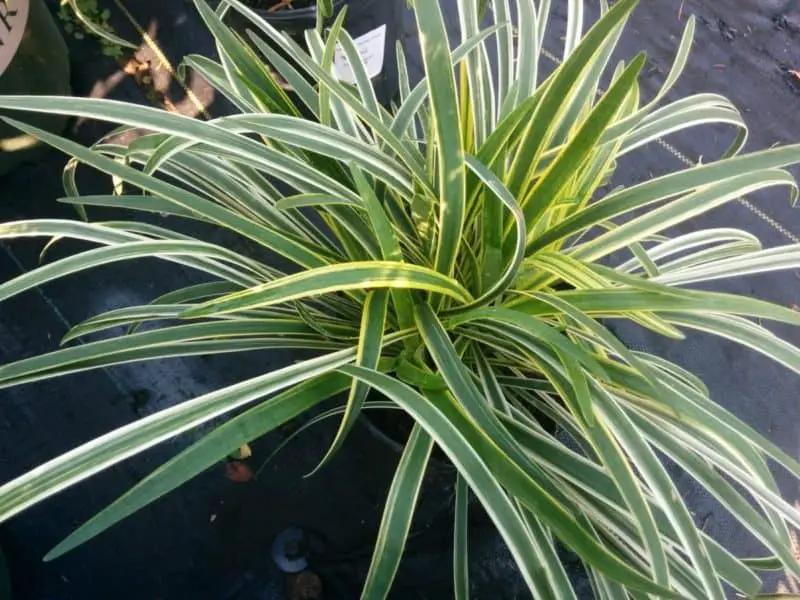
Variegated Liriope 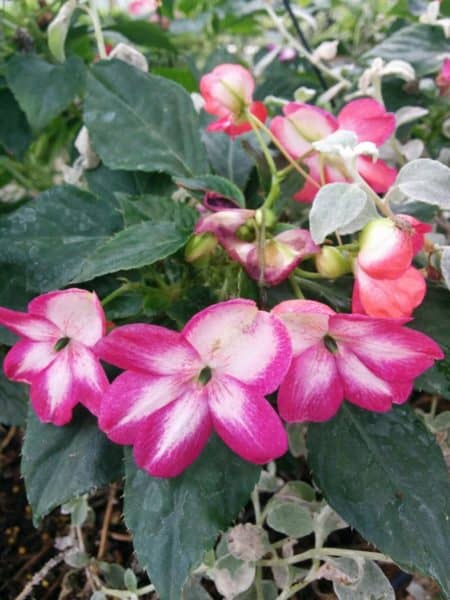
Imapatiens 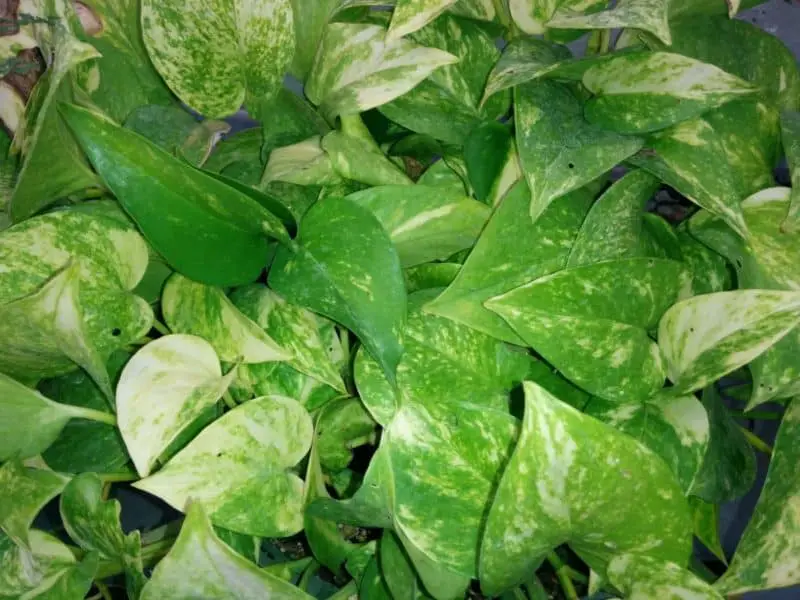
Pothos 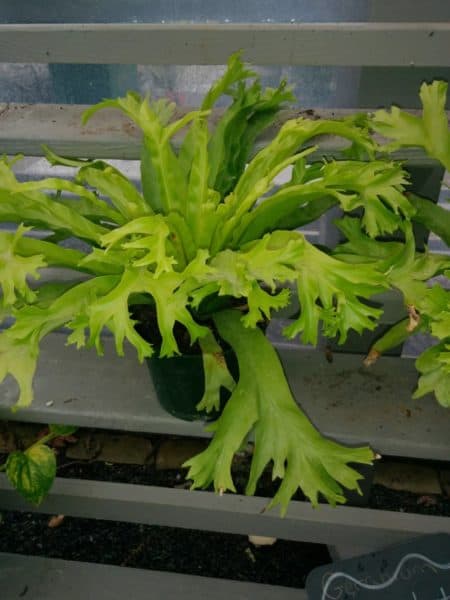
Birdsnest Chrissy Fern 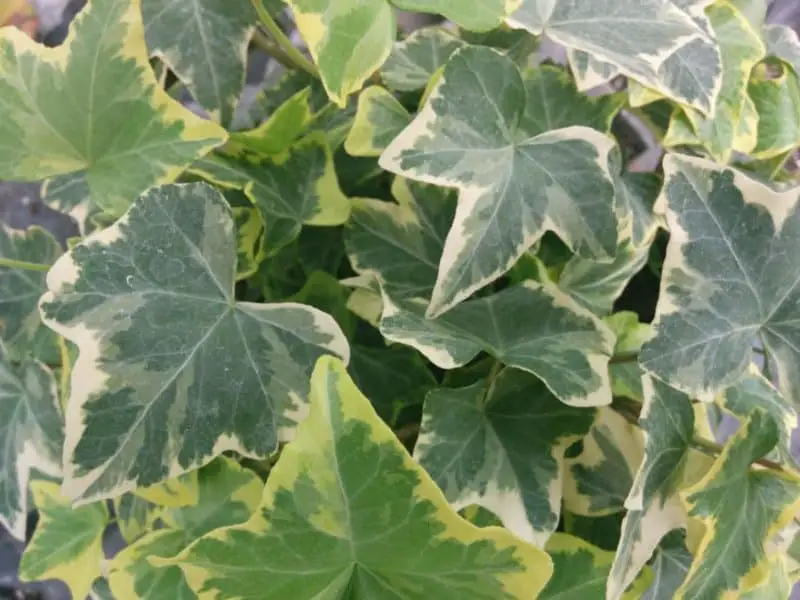
Variegated Ivy 
Caladium 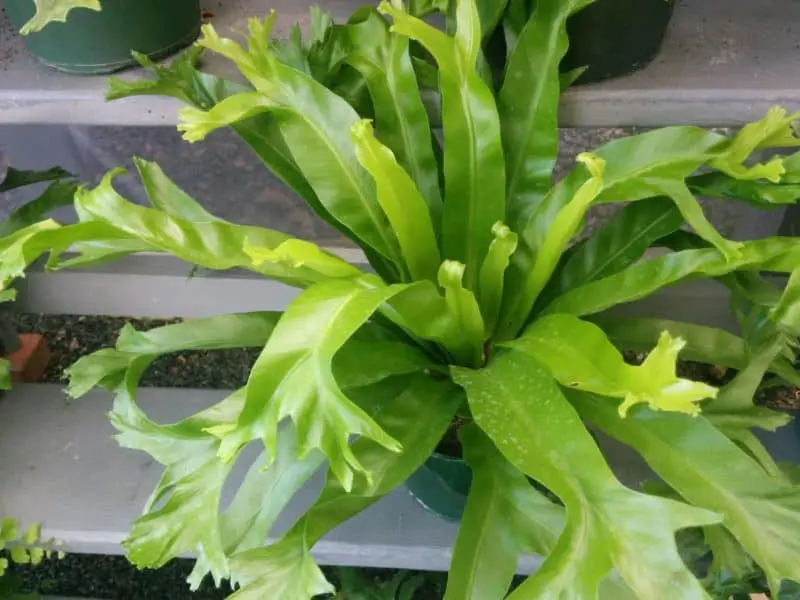
Birdsnest Chrissy Fern 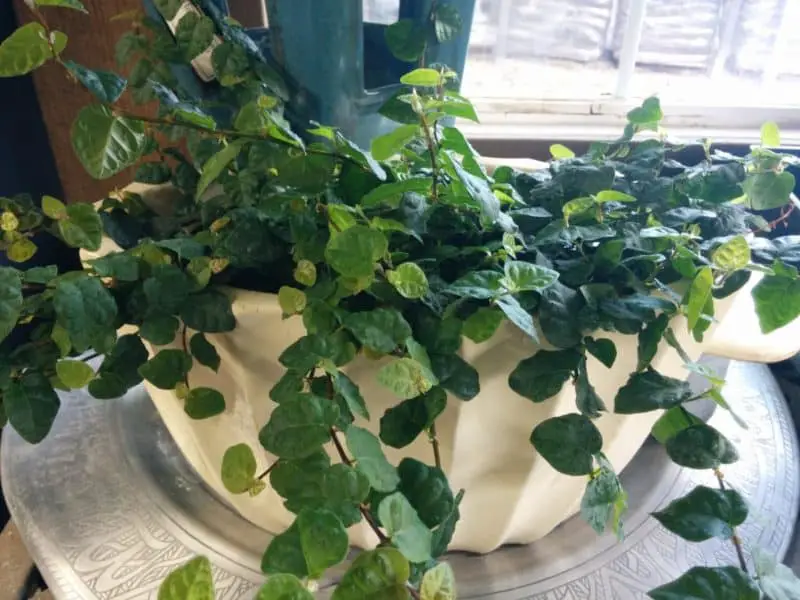
Creeping Fig
What to do to keep wall planters, rail boxes, and window boxes looking fresh all season.
- Don’t overplant. Leave room to grow and fill out both foliage and roots. If your planter looks full and Pinterest ready as soon as you plant it, it is too full and will suffer as soon as the plants start to grow and the temperatures start to warm. Fall is the time you can plant up mixed containers looking full already, as they will not put on much growth in the cooler weather.
2. Remove spent flowers before the plants start maturing seed. This encourages more repeat flowering.
3. Keep watered. The watering needs will increase through the season as plants grow and temperatures climb. Read more about how to water plants in containers here.
4. Fertilize regularly. There will be a LOT of plant mass in a small amount of soil. Those plants will need a lot of nutrition to keep thriving. This is a perfect time for a slow-release fertilizer. Osmocote is my go-to for this. Click here for Amazon’s best price. This is not one of the fertilizers that are a must-have that I write about in – The Only Four Basic Fertilizers You Will NEED, but a great specialized application use. Or, use the water-soluble fertilizer mentioned. FOLLOW the directions on the package. Yes, this is a place where your plants will be needing fertilizer. NO, do NOT use more than recommended. Too much will damage your plants and damage them fast. This is an instance that restraint will be rewarded.
For Amazon’s best price, click on the pic link below –



5. Cut back. Keep plants regularly pruned, trimmed, cut back so they stay tidy and full but not overgrown and leggy. Keep the size proportions of the plants as you designed, don’t let one of them take over and crowd out the others.
6. Remove, cut off, any plants that did not work out as you expected. Evaluate the remainder, if needed you can replace it with something else. Adding is challenging later in the season because digging into the soil will disturb the rest of the plant’s roots and you may be best served with letting the remainder of plants simply fill in.
Related Questions:
How many plants can fit in my window box?
Insert Table here
| 24″ Window Basket | 30″ Window Basket | 36″ Window Basket | 42″ Window Basket | 48″ Window Basket | 60″ Window Basket | 72″ Window Basket | |
| 6-pack | 4 Plants | 5 Plants | 6 Plants | 7 Plants | 8 Plants | 10 Plants | 12 Plants |
| 4″ | 4 Plants | 5 Plants | 6 Plants | 7 Plants | 8 Plants | 10 Plants | 12 Plants |
| 6″ | 4 Plants | 5 Plants | 6 Plants | 7 Plants | 8 Plants | 10 Plants | 12 Plants |
Whether you use 4-packs, 6-packs, 4” or 6” pot plants to fill your wall planter, balcony planter, or window box, the number of plants to use is the same. A smaller-sized transplant will grow in size to take up the same amount of room, so putting in more of them to start is a sure way to overfill your planter. If you can not wait for the smaller sizes to grow and fill in, buy the larger-sized transplants to start!
Toni Colgrove – Beside The front Door
How to design and arrange a window box?
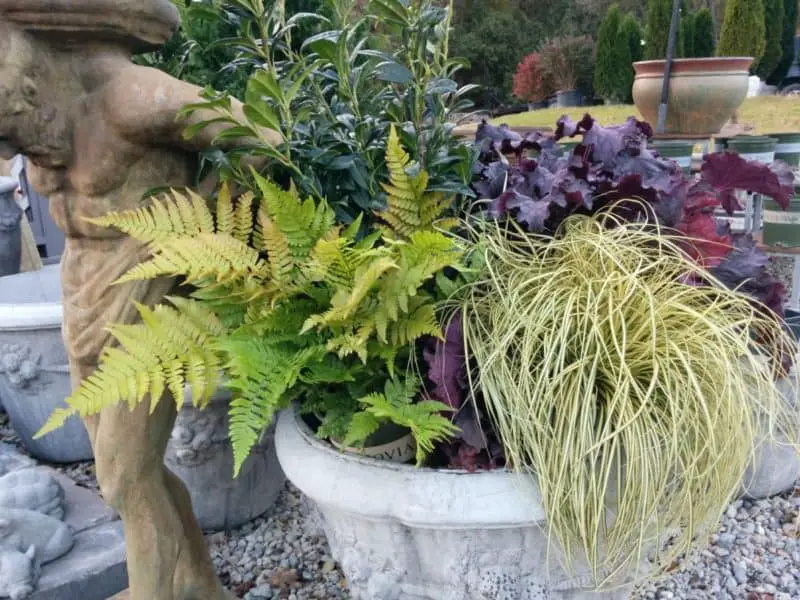
What color is your house or wall that will be shown directly behind these planters? What color are any shutters, doors, or other items near the same field of view? Match the intensity of the colors. If you have a pastel-colored house or shutters, saturated and bold colors will look out of place for instance.
What style are your house and garden? Mirror that style in your window box, cottage garden, have peaks as well as vining, trailing plants in your box. Traditional or modern? A more restrained, palette and shape is called for.
If your window box fits an even number of plants, this lends itself for a balanced, box that should be consistent without a focal point or points.
A flower box that fits an uneven number of plants lends itself to a design that has focal point/s; peaks and crescendos. A taller or bolder plant flanked by two matching plants on its side. A mirror image design. That is if your window box was a picture, you could fold it in half and both sides would look like each other.
Texture. Most people overlook texture in a window box design. Mix bold textured plants with big leaves or big flowers such as begonia, heuchera, or gazania with fine-textured plants such as asparagus fern or Bidens. All the same texture is boring, while a mix of textures shows a pro designer put this design together!

Rex Begonia 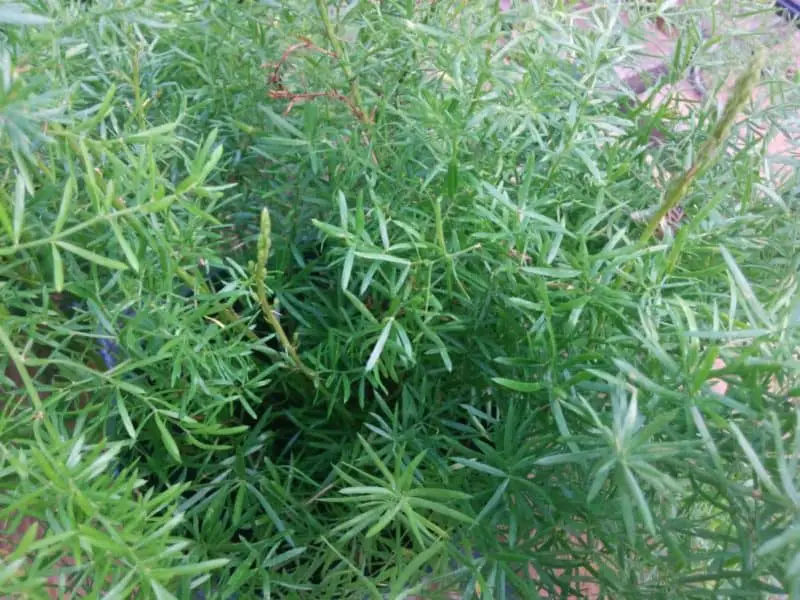
Asparagus Fern

